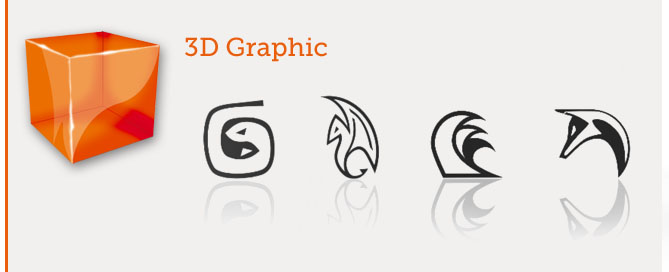3DS Max – Animation – Controller – Noise
The Noise controller produces random, fractal-based animation over a range of frames. Noise controllers are parametric: they work on a range of frames, but do not use keys.
GENERAL
1. Select an Object
2. RIGHT COLUMN> Motion> ‘Parameters’> Assign Controller> select in the stack ‘Scale’> click the small icon over the stack list ‘Assign Controller’> choose ‘Noise Scale’
CHANGE CONTROLLER
You can not remove all controllers, I mean, all the elements in the ‘Assign Controller’ rollout need one controller.
The default controllers are:
– Position: Position XYZ
– Rotation: Euler XYZ
– Scale: Bezier Scale
FINE TUNING
MAIN TOOLBAR> Curve Editor> Modes> Curve Editor:
– Controller> Assign
– From the stack> RMB> Assign Controller / Limit Controller



